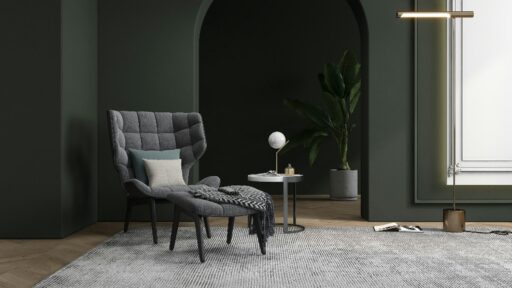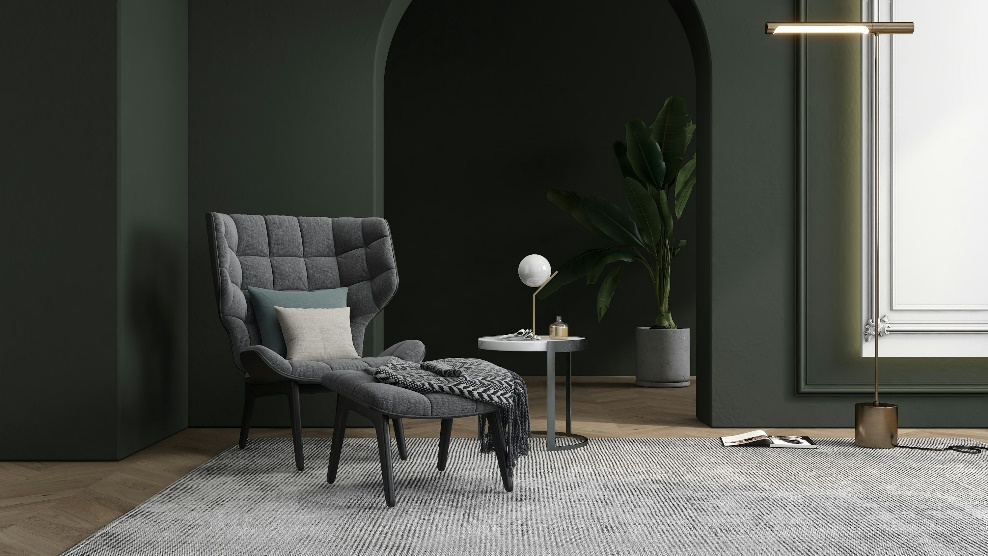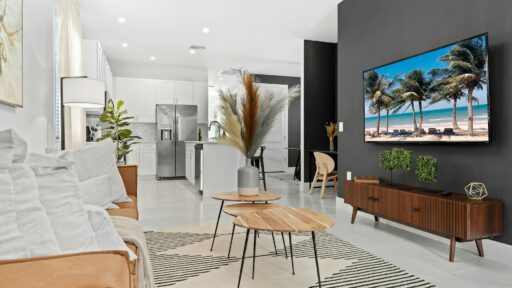Rearranging furniture may appear to be a simple aesthetic change, but the act often stems from profound psychological motivations. Shifting a couch, rotating a bed, or repositioning a desk is not just about improving functionality; it symbolizes renewal and personal growth.
People instinctively associate physical space with mental space, so reorganizing a room can feel like resetting one’s mindset. This subtle act triggers emotional, cognitive, and even physiological responses, leading to feelings of accomplishment, control, and clarity.
The human brain thrives on novelty, and altering familiar surroundings provides a sense of freshness that sparks creativity and optimism. Moreover, physical changes in a home often mirror emotional transitions, such as overcoming a difficult period, embracing a new chapter, or simply desiring mental stimulation.
Understanding the psychological underpinnings of this behavior reveals why rearranging furniture is far more than a design choice—it is an internal transformation projected outward.
The Role of the Moving Process in Mental Renewal
The decision to move furniture is sometimes influenced by significant life changes, such as shifting homes or starting anew in a different place.
Even when the transition is within the same city, the process involves emotional anticipation and physical reorganization. Choosing a reliable local moving company can minimize the stress of such transitions, allowing individuals to focus on the deeper emotional reset that comes with a new arrangement.
Once the move is complete, placing furniture in fresh configurations reinforces a sense of control and ownership over the new environment.
This intentional redesign serves as a psychological anchor, signaling a fresh chapter and reducing lingering attachments to previous routines.
Creating a Sense of Control Through Spatial Reorganization
Rearranging furniture provides an immediate sense of control, especially during periods of uncertainty. Psychologists highlight that people often manipulate their surroundings to regain stability when life feels chaotic. Moving a sofa to a different wall or switching the orientation of a bed creates a tangible result, which the brain perceives as progress. This process reinforces a sense of agency, helping individuals counter feelings of helplessness. The new arrangement symbolizes an active step toward change, making it easier to mentally detach from stress or emotional stagnation.
This sense of control is not only psychological but also neurological. Completing physical tasks releases dopamine, the brain’s “reward” chemical, providing satisfaction and motivation. The visible transformation of a room amplifies this effect, serving as proof of personal capability. Even small adjustments, such as adding a new focal point or optimizing space flow, strengthen this perception of regained order.
Triggering Emotional Refreshment Through Novelty
Human beings are wired to respond positively to novelty. Familiarity may provide comfort, but it can also lead to monotony, which dulls emotional responsiveness. Rearranging furniture introduces visual and functional novelty, creating a sense of discovery within a known space. A new perspective—such as seeing sunlight fall differently across the room or experiencing a fresh walking path—stimulates the brain’s curiosity and resets emotional patterns.
This change in perspective can subconsciously shift mood. For example, placing a chair near a window may encourage more time spent in natural light, subtly enhancing energy and optimism. Similarly, altering the flow of space can encourage different daily habits, reinforcing the feeling of starting fresh. These environmental cues indirectly affect behavior, helping individuals align with new goals or attitudes.
Symbolism of Emotional Transitions
Furniture placement often reflects internal emotional states, whether consciously or not. A cluttered or blocked space may symbolize emotional heaviness, while an open, airy layout conveys mental clarity. Rearranging furniture can therefore act as a ritual of release, allowing individuals to symbolically let go of past burdens.
For instance, shifting a bed away from an old position can represent moving away from past memories, especially after emotional challenges. Similarly, creating a new seating arrangement in the living room can signify a desire to welcome new experiences or relationships. This symbolic renewal is powerful because it turns abstract emotions into visible action, reinforcing psychological transformation.
Enhancing Energy Flow and Well-being
Many people instinctively rearrange furniture to improve energy flow, even without consciously adhering to specific design philosophies. A well-balanced room creates harmony between physical movement and visual comfort, which directly influences emotional well-being. Smooth traffic flow and unobstructed pathways reduce stress, while strategic positioning of functional items, such as desks or relaxation spaces, enhances productivity and rest.
Lighting also plays a crucial role in this process. Changing furniture orientation can optimize natural light exposure, which affects mood-regulating hormones. A brighter room may promote alertness and positivity, while cozy, dimly lit corners can encourage relaxation. By experimenting with these dynamics, people subconsciously tailor their spaces to match desired mental states.
Reinforcing Personal Identity Through Space
Rearranging furniture is also a way of asserting personal identity. Living spaces serve as extensions of self-image, so altering them aligns physical surroundings with evolving personal values or aspirations. A new reading nook might reflect a growing interest in literature, while transforming a spare room into a creative studio signals a deeper commitment to personal projects.
This alignment between space and identity reinforces self-confidence. Seeing an environment that reflects current goals provides daily visual affirmation, encouraging consistency with those aspirations.
Psychological Comfort in Ritualistic Change
The act of rearranging furniture can itself become a comforting ritual. The deliberate process of measuring, lifting, and adjusting provides a structured, almost meditative experience. This ritualistic aspect slows mental racing, allowing individuals to focus on tangible, immediate tasks rather than abstract worries. Completing the rearrangement fosters a sense of accomplishment, replacing mental clutter with a refreshed mindset.
Additionally, the process introduces an element of anticipation. Imagining how the room will look after changes and experiencing the final reveal creates excitement and emotional uplift. This sense of anticipation can break cycles of routine fatigue, making daily life feel more dynamic.
Shifting furniture for a fresh start is far more than a matter of aesthetics. It serves as an emotional reset, a symbol of renewal, and a practical tool for improving mental well-being. By creating novelty, reinforcing control, and aligning space with personal identity, this simple act becomes a powerful psychological strategy.
Whether triggered by life transitions or simply by the desire for something new, every rearranged piece of furniture reflects a deeper, often unspoken journey toward personal growth.








